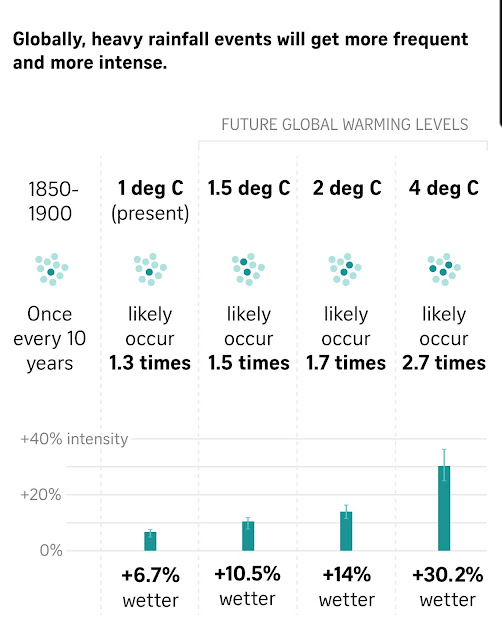How much hotter can it get?
How much hotter will it get for Singapore?
What causes the sea level to rise?
Why is rising sea level a threat to low-lying coastal areas and islands?
Why are extreme weather a threat?
While humans can adapt to this with air-conditioning and shade, our native flora and fauna cannot and the impact of a prolonged heatwave will be detrimental.
A warmer atmosphere can also “hold” more moisture - about 7 per cent more per 1 deg C of warming. This can produce more intense rainfall events.
How can climate change be mitigated in Singapore?
Singapore Green Plan 2030
You have looked at fuel switch in reducing carbon emission as the main strategy used in the Green Plan 2012. What would you select as the main strategy in the Green Plan 2030 to reduce carbon emission? What is the main strength and limitation of your selected strategy?
Urban heat island effect occurs when natural land cover is replaced by urban surfaces that absorb and trap heat, such as buildings and roads. Studies have shown that this has caused temperature differences of up to 7 degrees Celsius between urban and less built-up areas in Singapore.
In the first half of the year, urban heat island effect has resulted in eastern areas such as Marine Parade and Changi to bore the brunt of the heat compared to other parts of Singapore, according to climate maps from MSS. In some months, the difference was nearly as much as 4 degrees Celsius.























